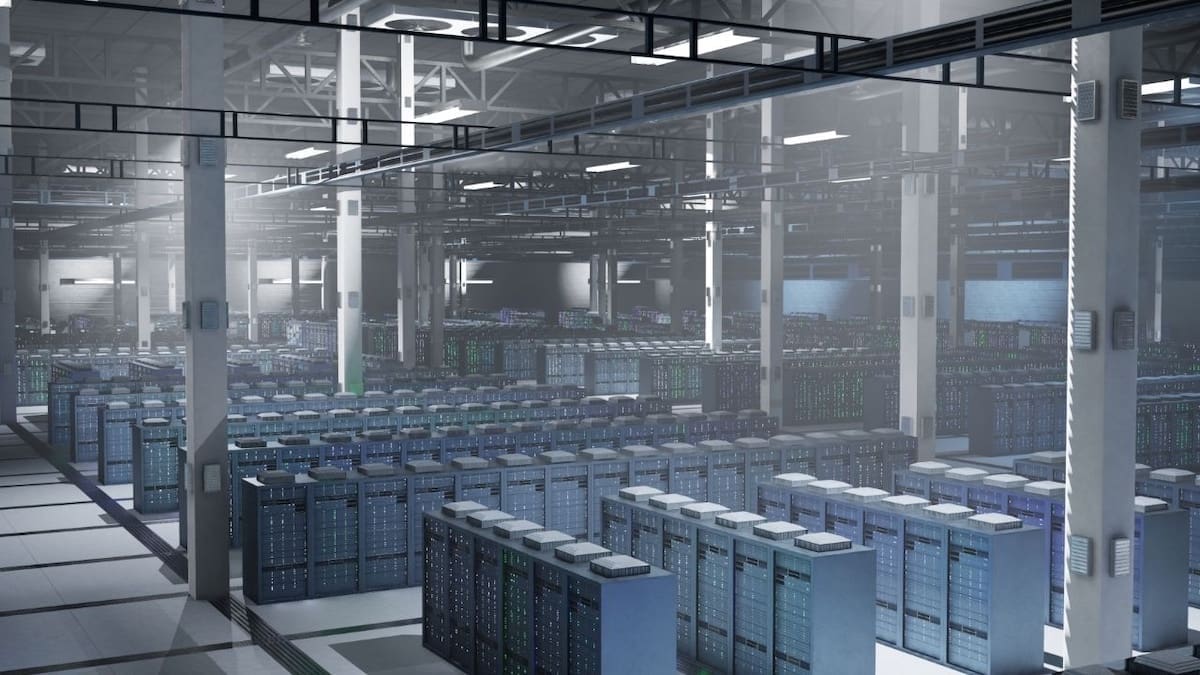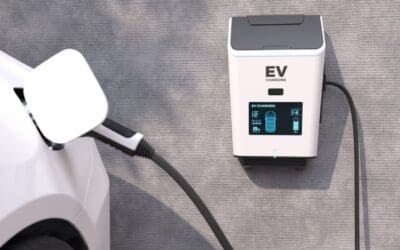Businesses are facing mounting pressure to save expenses, enhance sustainability, and safeguard against power outages in today’s energy-conscious society. Commercial battery storage is one technology that is quickly gaining interest for accomplishing all three objectives. This clever approach lowers energy costs and increases operational resilience by enabling businesses to store energy for usage when it’s most needed or costly.
In this blog, we will explain what commercial battery storage is, how it operates, its main advantages, and why businesses should invest in it right now.
What is Commercial Battery Storage?
Large-scale energy storage solutions for commercial, industrial, and other non-residential users are known as commercial battery storage systems. When demand is high or costs rise, these systems release the stored electricity, which is usually produced locally from renewable sources like solar panels or purchased from the grid during off-peak hours.
Commercial battery systems, in contrast to residential ones, are designed to manage significantly higher energy loads and provide more features, such as integration with renewable infrastructure and energy management systems.
Benefits of Commercial Battery Storage
1. Lower Energy Costs
The cost of electricity varies with the time of day and demand. Battery storage excels in this situation. Businesses can drastically reduce their electricity costs by storing inexpensive energy and using it during times when prices are at their highest. We call this peak shaving.
A manufacturing facility might, for instance, pay more at its busiest production times. To counteract that demand and prevent such extra fees, a battery system can take over.
2. Defense Against Power Outages
Power outages can result in significant financial losses, particularly for companies like data centers, hospitals, or food processing plants that depend on ongoing operations. Reliable backup power from battery storage keeps vital systems operational even in the event of a grid outage.
3. More Self-Sufficiency in Energy
Companies can reduce their reliance on the electrical grid by integrating battery storage with renewable energy sources like solar. This promotes long-term sustainability objectives, boosts energy autonomy, and protects companies from market instability.
4. Encouragement of Sustainability Objectives
One important factor in lowering carbon footprints is battery storage. It guarantees that green energy isn’t wasted when combined with renewables. In addition to having a positive effect on the environment, this helps companies satisfy ESG (Environmental, Social, Governance) goals and draw in eco-aware investors and clients.
5. Management of Demand Charges
Demand charges, which are determined by the greatest power usage during a billing cycle, are imposed on commercial electricity consumers in several areas. By providing power during spikes in peak consumption, battery storage devices can lower these charges.
Who Can Benefit from Commercial Battery Storage?
Almost any business with significant energy needs can benefit from commercial battery storage, including:
-
Manufacturing plants
-
Warehouses and distribution centers
-
Office complexes
-
Hospitals and clinics
-
Educational institutions
-
Retail chains and malls
-
Data centers
-
Agricultural operations
Businesses located in areas with high electricity rates, frequent outages, or generous renewable energy incentives stand to gain the most.
Battery Technologies: What’s Inside the Box?
Commercial systems use a variety of battery types, but lithium-ion is the most widely used because of its long lifespan and excellent efficiency. Other kinds consist of:
-
Lead-acid batteries: Cost-effective but shorter lifespan.
-
Flow batteries: Good for large-scale, long-duration storage.
-
Nickel-based batteries: Less common but used in some specialized industrial settings.
Newer battery types with longer lifespans, more storage capacity, and less of an influence on the environment are emerging as technology advances.
Financial Considerations and ROI
Battery storage systems can result in significant long-term savings, despite the initial expenditure they need. There are numerous factors that affect the ROI:
-
Your energy usage patterns
-
Local electricity rates and peak demand charges
-
Availability of incentives or tax credits
-
Integration with renewable energy systems
With systems lasting 10–15 years or beyond, businesses often realize payback in 5–7 years. In order to reduce installation costs, several areas also provide grants, rebates, and federal tax incentives (such as the Investment Tax Credit in the US).
The Future of Energy Is Stored
Battery storage is emerging as a key component of astute, environmentally friendly corporate operations as the energy landscape changes. Businesses increasingly need to invest in energy resilience due to rising energy costs, increased climate concerns, and increasing grid instability.
Battery storage is now a strategic instrument for cost reduction, energy management, and sustainability leadership rather than only a contingency plan.
Conclusion
Commercial battery storage systems are a revolutionary investment in cost control, resilience, and energy efficiency that goes beyond simple power backup. This solution is quickly becoming essential for progressive companies as prices come down and technology improves.
The moment to move to commercial battery storage is now if your company wants to lower energy expenses, lower carbon emissions, and always be powered.
With offices in Ijamsville, MD & Linville, VA, Got Electric offers residential and commercial electric work, including installation, safety inspections, repairs, lighting design, and troubleshooting.
Got Electric also specializes in solar Energy Projects. Our electricians are fully licensed by state and local jurisdiction, ensuring that your electrical projects will be installed to industry and code standards.
Energized by Auxilium Technology






